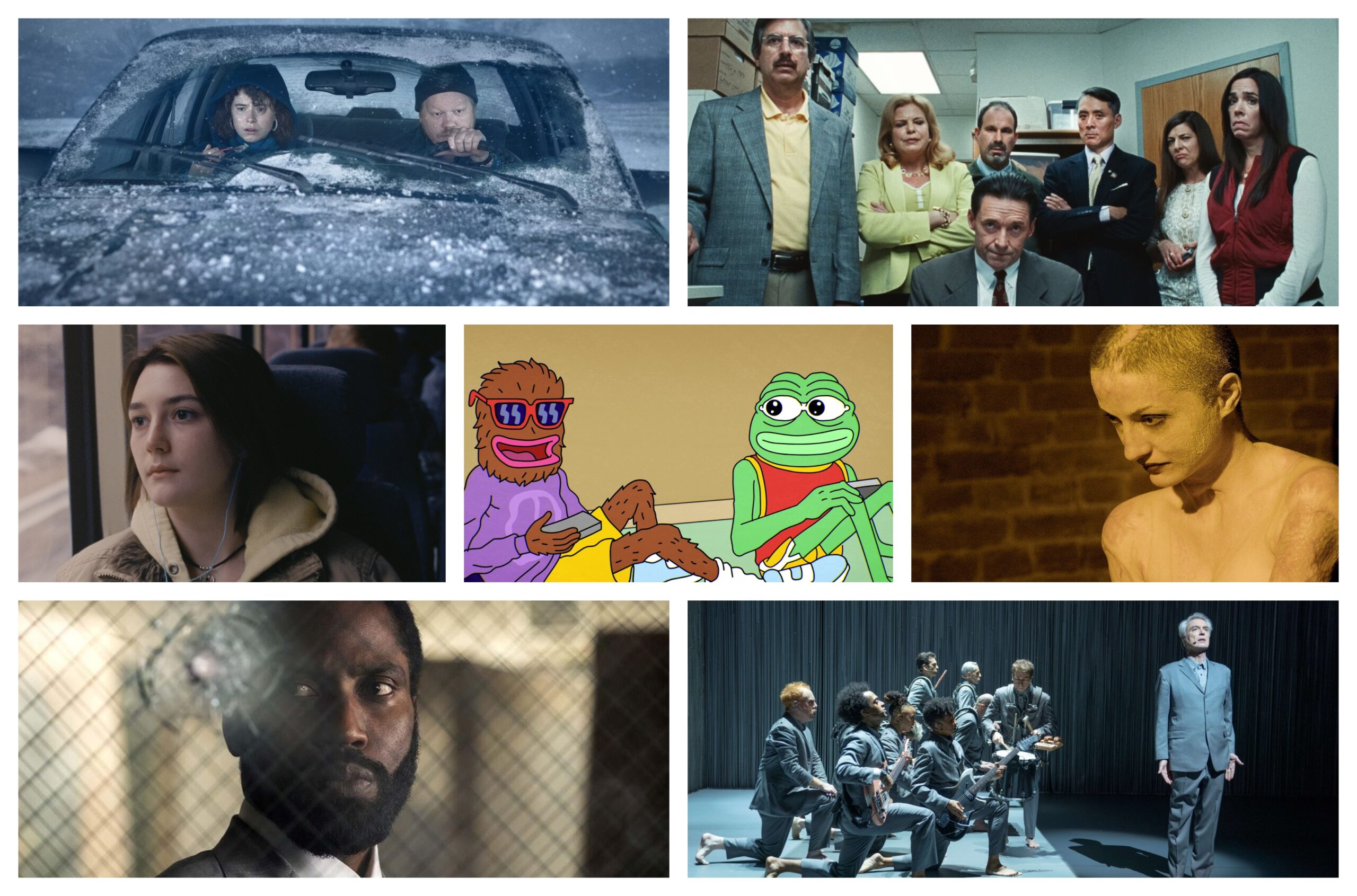2020 wasn’t necessarily the year that killed movie theaters, but more so expedited the process of phasing them out. Ticket sales and box office figures have waned over the past two decades, and it was only a matter of time until their judgement day came. And thanks to HBO Max and Warner Bros., that fear has now become reality (because what better time to pull a day-and-date release announcement than during a pandemic?) However, filmmakers like Christopher Nolan, Paul Thomas Anderson, and Quentin Tarantino will make damn sure that movie theaters will still be an option for moviegoing, even though current business models say otherwise. 2020 was detrimental for film and theaters. But in the end, it’s for the best. It’s time to stop clinging to tools of the past and embrace and prepare for the future. Here are Era of Good Feeling’s top 10 movies of 2020.

10. The Assistant
No movie this year made my blood absolutely boil than The Assistant. Technically having been released last year, it fully reached streaming audiences in 2020, following a normal work day of Jane, an office assistant to a powerful movie producer mogul (not un-like you know who). She wakes up too early for any human, takes shit from her bosses and co-workers, and lives viscerally through the inside office jokes she clearly is not in on. There are no thrills to this movie, no flash, only cold color temperatures and monotonous work life. But what makes Jane shine is that she knows to do the right thing, works hard, takes on responsibilities that are not hers, and doesn’t bitch about it. She’s one that doesn’t take herself seriously, but takes what she does seriously. Having personally worked several of these jobs throughout the past several years, no movie this year made me more anxious and empathetic: we assistants hear things and see things higher-ups are not aware of. We’re aware of when we’re being talked about in office gossip. We have a sixth sense for these kinds of things – an acute awareness of the space around us. The film ascertains that we, the assistants, are the future.

9. Mank
David Fincher’s biopic of Herman J. Mankiewicz focuses on his struggle to write Citizen Kane and his bout with William Randolph Hearst. Caught in the middle of a gubernatorial California election, Mankiewicz discovers that his new project may have more influence than he thought. It’s eerie how well Fincher made this film like it’s an old RKO picture: the opening credits, the technicolor look, the split-field diopter… it all harks back to Hollywood’s golden-age, a time where the box office was so lucrative that studios would just throw money at young filmmakers. However, despite what the third act will trick you into thinking, this film is, at its heart, not about authorship, but the messages writers can send out in the world. It’s about how stories can change the world, sway elections, alter the output of things. Movies can do that too. They’re as singular as a signature or a fingerprint. If this movie hadn’t been written by this man, then it either wouldn’t exist in that exact form, or it wouldn’t exist at all.

8. Tenet
Say what you will about the dumpster fire release strategy of Tenet, but Christopher Nolan is probably the only blockbuster filmmaker who is actively carving out new storytelling techniques within the medium of film. Tenet may not have been the “industry saving” movie Warner Bros. was hoping it would be, but damn does it use a lot of cool techniques that have never been seen before in a film. Once again tackling space-time paradoxes a la Momento and Interstellar, Nolan has come up with the most Nolan-y concept yet – the protectors of the people who travel backwards in time to prevent catastrophic, history altering events from happening. The result is Nolan’s Primer, a thriller with a premise so high concept that it allows him to rely on filmmaking techniques more so than story elements. Yes, it does seem surface level story wise (John David Washington’s character claims several times throughout that he’s “the Protagonist”), but to give the characters any subjective perception or emotional weight would take away from what their narrative function is – saviors who work in the background un-detected. It’s a shame the film didn’t get the proper rollout it deserved, but the significance of Tenet will transcend higher than that. Maybe, years from now, we’ll see Tenet as the little blockbuster that could, the one that made Warner Bros. realize that delaying films is not financially feasible, resulting in their Day-and-Date release announcement with HBO Max. Warner Bros saw it as the film that could save theaters. Instead, it became the film that potentially killed theaters.
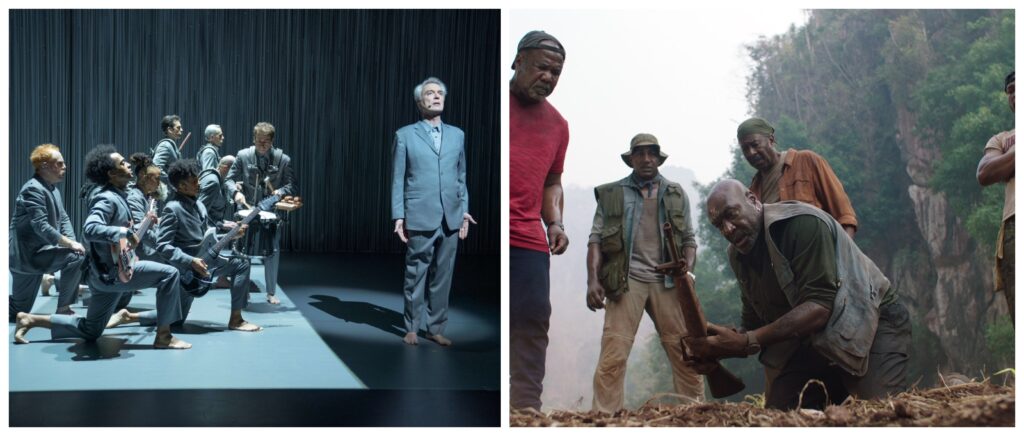
7. TIE: Da 5 Bloods/American Utopia
Finally, after nearly 40 years of filmmaking, Spike Lee decides to start putting out the best work of his career. Following up 2018’s Blackkklansman, Da 5 Bloods focuses on four Vietnam veterans returning to Vietnam to find treasure they had buried during the war. What starts as buddy-war comedy unfolds into a heist film and racial drama. And what I feel most strongly about this film is its multiculturalism. It brings to mind Guillermo Del Toro’s early work and how multiple nationalities play roles in it. It’s definitely the most “colorful” of Lee’s films in recent memory, in part due to it being a story of past racial tensions and trauma. The result is a frame narrative – a story within a story – as if the director was meticulously threading the story himself. The film shifts through different aspect ratios, splitting the first half of the film in 2:35:1 and the last half in 1.85:1, with 1.33:1 16mm sequences spliced in throughout. The present-day cast wind up in flashback war sequences, and the flashback cast end up in present-day sequences – a way of showing that racial tensions never really “go away,” they just age.
David Byrne’s been doing his American Utopia show for three years now. Now in a more Broadway fashion to suit the Broadway version of the show, American Utopia features more monologue-y moments to fit for theater. However, what’s lost in talking heads (no pun intended) is made up with gracious cinematic camera work. Spike Lee breaks into new territory in a concert film that the concert itself ever could. An audience-less show, it’s a concert film made directly for the living room. With the musicians detached from monitors and amplifiers, American Utopia gave Spike Lee an unchained camera, allowing him to move free but also not have to worry about the orientation of instruments. The result is a free-moving, constantly flowing musical that is Byrne’s most ambitious show since Stop Making Sense. For decades, Byrne has never changed a setlist for his tour. But now he finally has a near perfect record of what could be a greatest hits concert film.

6. Bad Education
Technically a “TV movie,” yet made its premiere at last year’s Toronto Film Festival, Bad Education is the best film this year about the suppression of free speech. At its heart, the movie is about the truth and how it’s often dazzled up and disguised. Corey Finly’s follow up to 2018’s Thoroughbreds, Bad Education follows Frank Tassone as his secret of embezzling money from Long Island’s Rosslyn High School unravels due to the school newspaper investigating him. Hugh Jackman kills it by embodying a character of the truth suppressed. His external conflict doesn’t present itself until halfway into the movie, but Jackman anchors his internal conflict to make it evident he is acting against forces he cannot speak about. Probably the most subtle filmmaking this year, Bad Education is a testament to where change truly starts: grassroots movements.
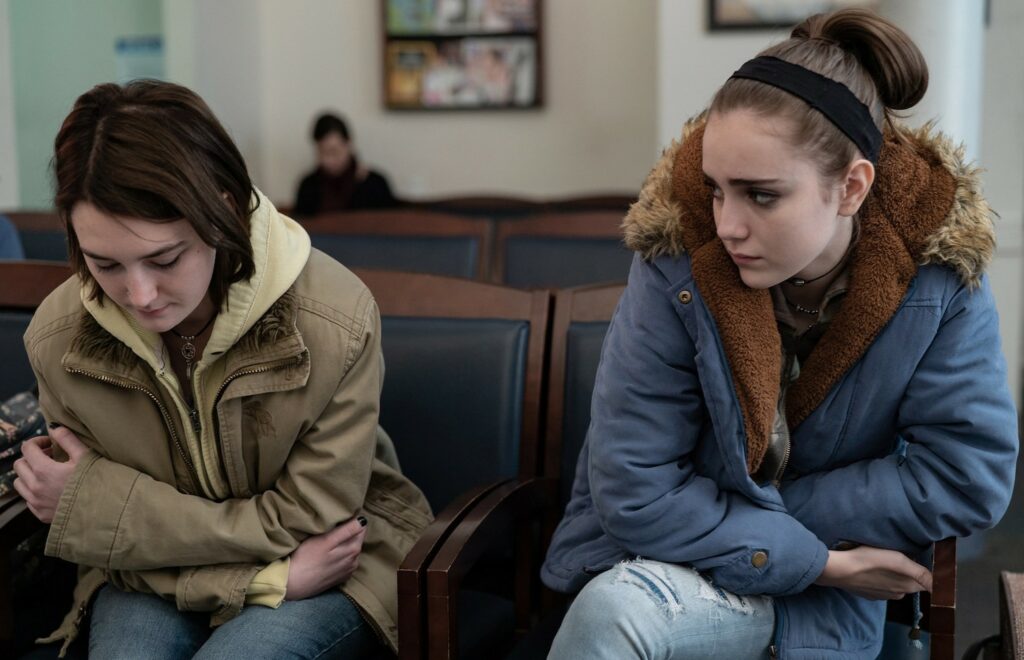
5. Never Rarely Sometimes Always
Eliza Hitman has been lowkey one of the best working directors in the past six years. Her past two features, It Felt Like Love and Beach Rats, explore the sub-textualities of vulnerability. When our protagonist, Autumn, discovers she’s pregnant, her and her cousin hop a Greyhound from Pennsylvania to New York in search of an abortion. Brutally honest and raw, and reminiscent of British kitchen sink films, the production and camerawork reflect just that: no flash, minimal color grading, and predominately handheld shot on location. It’s a film that doesn’t try to hide anything, even when our protagonist is reluctant to feel vulnerable. Everything is on the table – no thrills or set pieces, just an honest depiction of embracing vulnerability.

4. I’m Thinking of Ending Things
Charlie Kaufman really likes to put people through it. Through all the literary references, pop culture jabs, and monotone banter, it’s as if we’re watching two English MFA’s go at it (two 45-minute-long car ride sequences?) But one of Kaufman’s great writing talents is to string you along into a sense that you know what’s going on. Then the ball of yarn begins to slowly (or quickly) unwind. The real star of this is the house sequence, featuring killer performances from Toni Colette and David Thewlis. Reminiscent of the Jupiter and Beyond ending sequence from 2001: A Space Odyssey, the camera staging creates a geographical space in the mind of the spectator in the way it switches perspectives. Each new frame looks as if you’re looking at a different painting. The lead’s name even changes subtly throughout the film, and the color of her jacket seamlessly changes from one shot to the next. It all falls under a subjective recollection of memories, as our protagonist’s male counterpart (Jesse Plemons) – supposedly – thinks back on a past love (or one he wishes he experienced.) Memories build up and crumble both literally and figuratively throughout the film, building up to a climax so head scratching that it begs for repeat viewings.
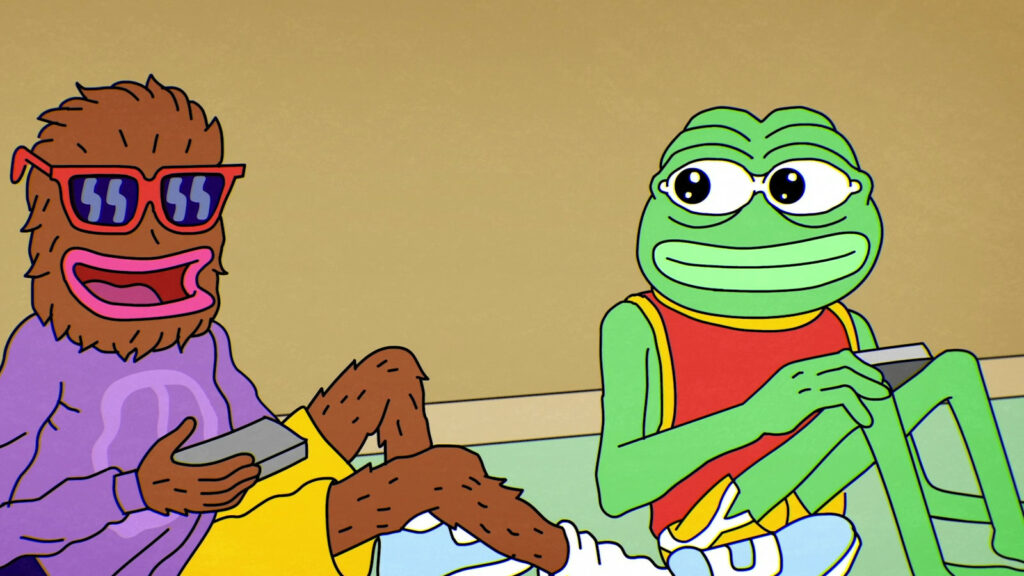
3. Feels Good Man
There will be countless documentaries about how we ended up with the past four years. But you can stop watching them now, because none of them will capture it as a whole greater than the sum of its parts than Feels Good Man. The towering documentary follows Matt Furie, the creator of the infamous Pepe the Frog cartoon that has become associated with the alt-right, as he tries to turn the controversial status of his creation around. But what it’s really about is how information in this day and age spreads, and how our culture develops. We follow the modest beginnings of its creation, one that had every best heartfelt intention, and how it was hijacked to be used as a tool for evil, eventually putting a man in the White House. But what’s fascinating about this doc is how it goes into the scum of the internet, and how certain messages flow to the top. It takes into account the people who are responsible: 4Chan, incels, neck-beards, and how icons, phrases, and images take on a life of their own in the virtual world. It shows how our internet culture is one thing imitated after another, eventually becoming evil manifested. And so it builds, and builds, eventually becoming even greater: a symbol of crypto-currency and a revolutionary tool for peaceful protest. It’s mind boggling the trajectory of influence this cartoon takes, but what’s great about this documentary is that its about the most dangerous thing in the world: ideas.
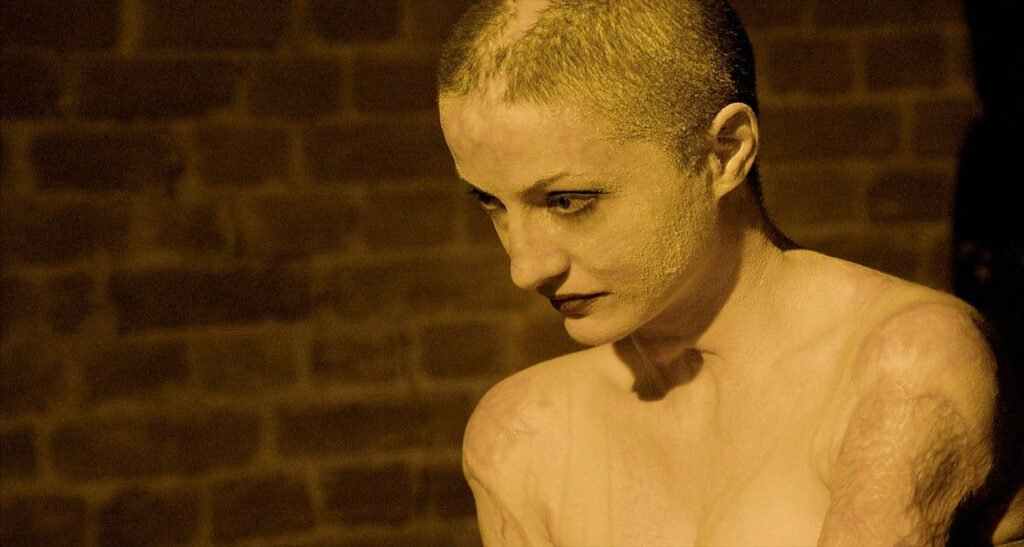
2. Collective
Say what you will about the Romanian new wave, but they’ve been putting out pretty watchable police thrillers consistently for the past ten years, and Collective is no exception, which perhaps not only does the tradition justice but also elevates it. The documentary thriller follows Sports Gazette journalist Razvan Lutac as he investigates why burn victims of the Collective Club fire are mysteriously dying in hospitals. As he peels back layer by layer of Romania’s health care system and the ministry of health, what unfurls is a trail of blood and corruption that travels far deeper than previously thought. Playing out in real time, it looks too good and realistic to be dramatized and yet too staged and edited to be a documentary. Perhaps the best use of editing all year, the doc throws and hurls information at you to feel like you’re drowning in a situation that has caught far too much momentum, and you’ll be amazed by where it starts and where it ends.
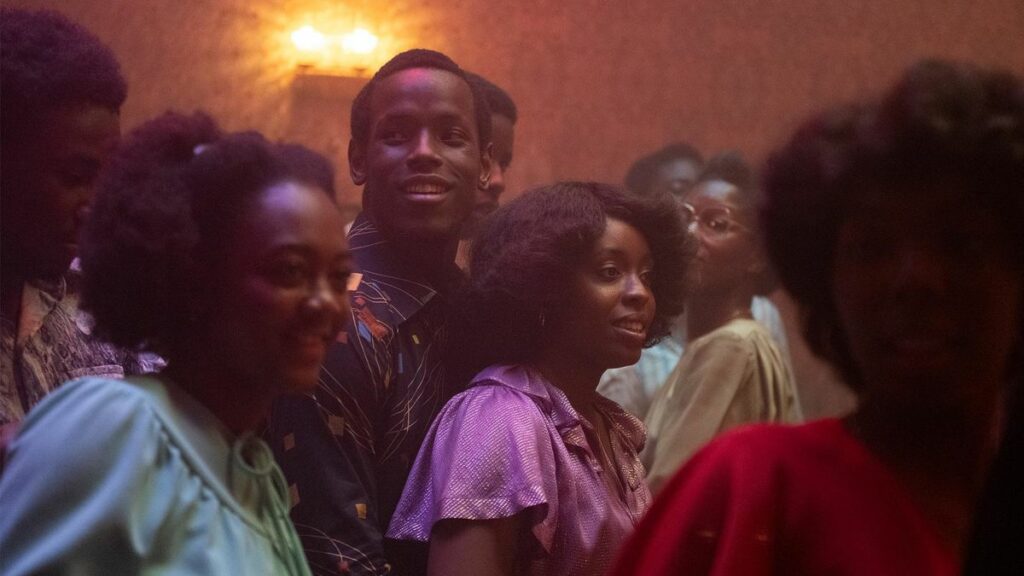
1. Small Axe
If I could sum up the year in film in 2020 with just one word, it would be refuge. Steve McQueen’s ambitious four-part feature film series Small Axe focuses on West Indie immigrants settling down in 1960s London. Each one zeroes in on a particular subject: Mangrove follows a restaurant owner struggling to keep his business open despite authorities, Red, White, and Blue is about a boy trying to turn around the criminal justice system behind enemy lines, and Alex Wheatle is about the discovery of reggae music as a revolutionary tool. But perhaps the shining star of the series, and perhaps the best movie viewing experience this year as a whole, is the second installment, Lovers Rock.
DJs set up their equipment, West Indie friends cook and dance in the kitchen, and Stacy, our central character, sneaks out of her house late at night to attend a house party. What’s a mostly non-verbal film communicates its language through body movement, as Stacy makes intimate eye contact and moves with a dancer from across the room. Perhaps what makes this peculiar film so striking is that it evokes what we all crave right now: intimate moments on a dance floor, a wild night out, stories to tell after, and to just straight up make out with strangers. Dancing is the human’s mating call. It portrays the communal companionship amongst strangers on the dance floor.
But what if there’s no dance floor to call out to? What if our method of anonymous connection no longer exists? Nonetheless, there will soon be another. Maybe not in the same form, but in the same behaviorisms and intentions. It’s been hard to shy away from intimacy this year. We as humans need connection vis-a-vie one another to survive, to make meaning of things. These people exist in our lives so we can take chances. Because who we actively engage with and all these opportunities and chances granted to us are what make life great. Stacy took a chance the night she snuck out of her house. And when you see the face she makes when she crawls back into her bed, you’ll be thankful, too, that you took the chances you once had.
